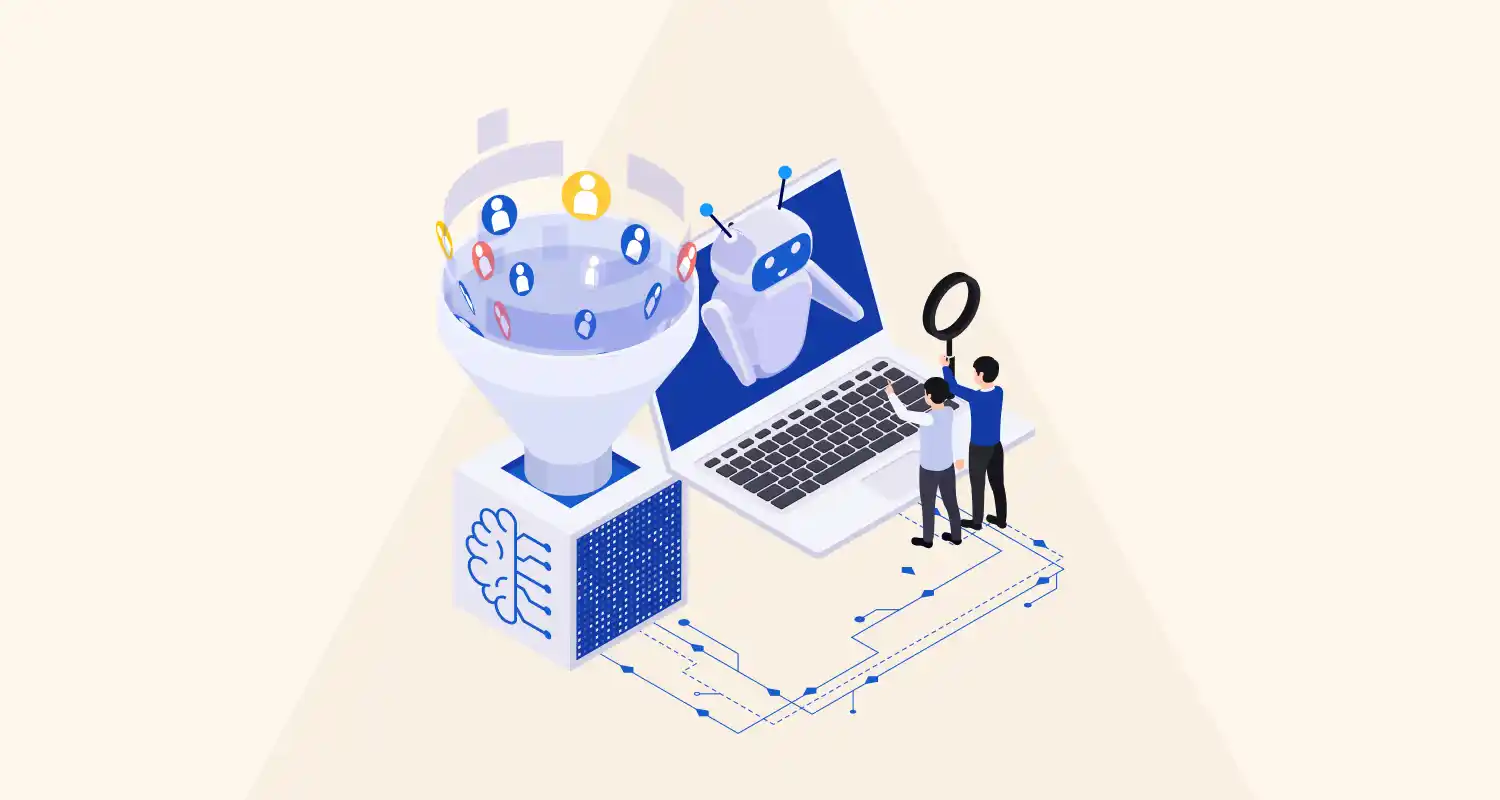Model versioning refers to the process of tracking and managing different versions of machine learning models throughout their lifecycle. Just like code version control (e.g., Git), model versioning ensures reproducibility, transparency, and scalability in long-term AI projects.
What Is Model Versioning?
Model versioning is the practice of saving, labeling, and managing different iterations of a machine learning model — including:
- The model architecture
- Training data version
- Hyperparameters
- Training code
- Evaluation metrics
The Importance of Model Versioning in Critical Long-Term AI Projects
| Benefit | Explanation |
| Reproducibility | You can recreate a model exactly as it was at any given time |
| Experiment Tracking | Helps compare different models and training experiments |
| Audit & Compliance | Necessary for regulated industries (finance, healthcare, etc.) |
| Rollback Capability | Easily revert to a previous working model if the new one fails |
| Team Collaboration | Helps multiple teams work on model updates without conflict |
Steps or Guide – How to Implement Model Versioning
Step-by-Step Guide:
- Track Your Models:
- Use consistent version names: e.g., model_v1, model_v1.1, model_v2.
- Store Metadata:
- Record model parameters, data version, evaluation metrics, and notes.
- Use Tools:
- Lightweight: Git + folders
- Scalable: MLflow, DVC (Data Version Control), Weights & Biases
- Store Artifacts:
- Save the model files (.pkl, .h5, etc.) and logs.
- Integrate with CI/CD:
- Use tools like GitHub Actions or Jenkins to automate training, testing, and deployment pipelines.
Code Example – Versioning with MLflow
Here’s how to implement simple model versioning using MLflow:
import mlflow
import mlflow.sklearn
from sklearn.ensemble import RandomForestClassifier
from sklearn.datasets import load_iris
from sklearn.model_selection import train_test_split
# Step 1: Load and split data
data = load_iris()
X_train, X_test, y_train, y_test = train_test_split(data.data, data.target, test_size=0.2)
# Step 2: Train model
model = RandomForestClassifier(n_estimators=100)
model.fit(X_train, y_train)
# Step 3: Track with MLflow
mlflow.set_experiment("iris_classifier_project")
with mlflow.start_run(): mlflow.log_param("n_estimators", 100) mlflow.log_metric("accuracy", model.score(X_test, y_test)) mlflow.sklearn.log_model(model, "model") print("Model saved with MLflow!")Output:
- Logs and artifacts stored in MLflow
- Each run is versioned automatically
- Easy to view, compare, and restore previous models
Conclusion
Model versioning is essential for long-term AI project success.
- Ensures traceability and reproducibility
- Helps manage experiments and improvements
- Prevents catastrophic failures during model updates
- Makes compliance easier in regulated industries
Whether you’re a solo data scientist or a team of ML engineers, integrating model versioning from the beginning will save you time, money, and stress as your project grows.





